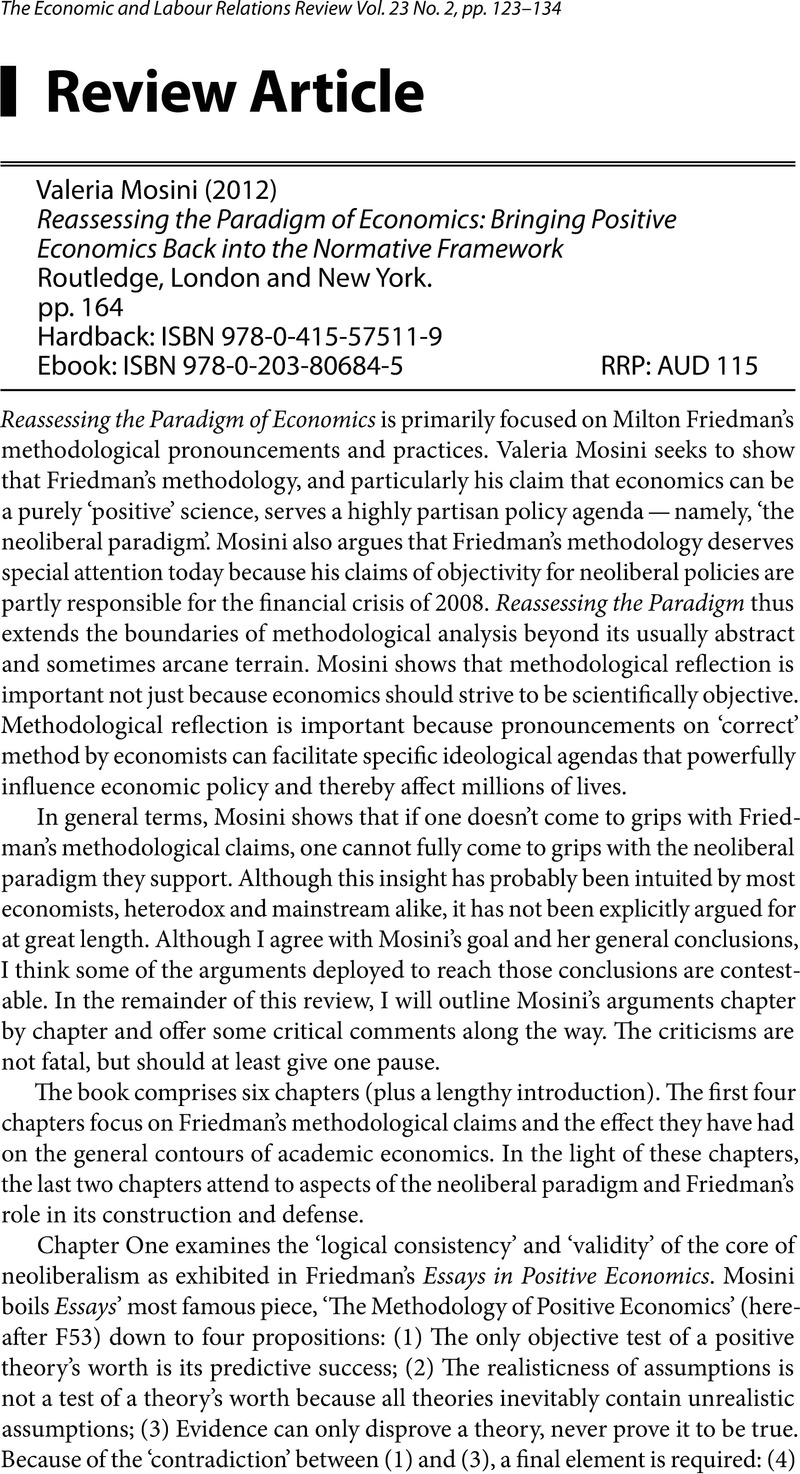Crossref Citations
This article has been cited by the following publications. This list is generated based on data provided by Crossref.
Pixley, Jocelyn
2014.
Uncertainty: the Curate's egg in financial economics.
The British Journal of Sociology,
Vol. 65,
Issue. 2,
p.
200.



